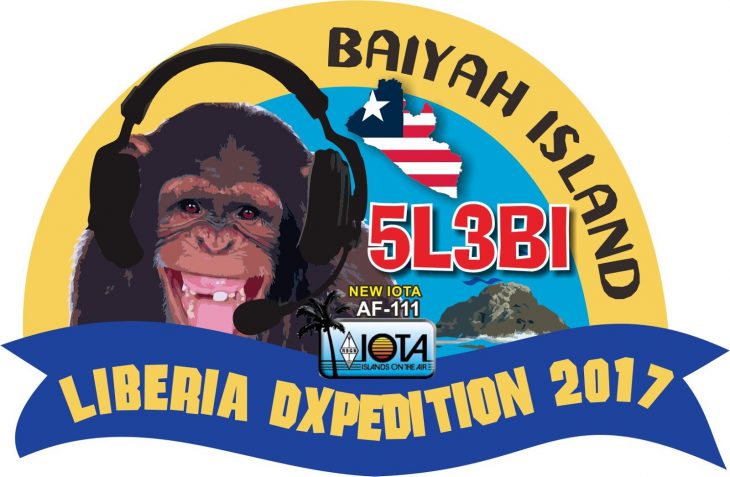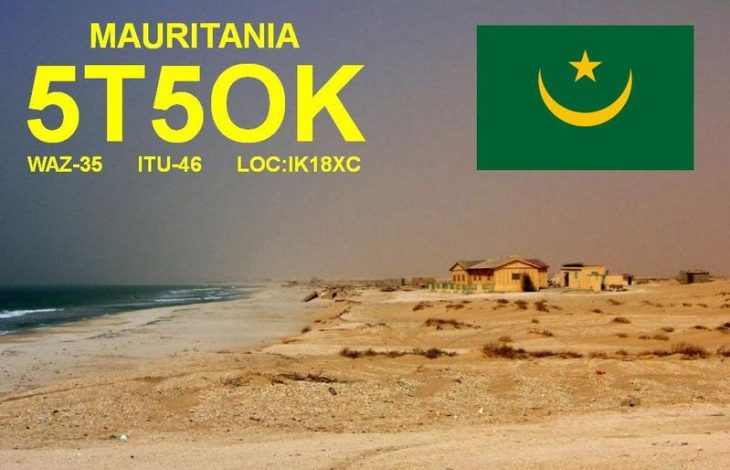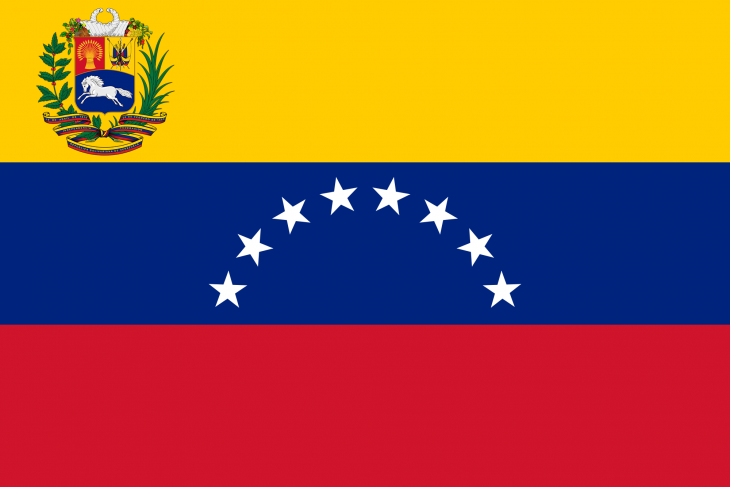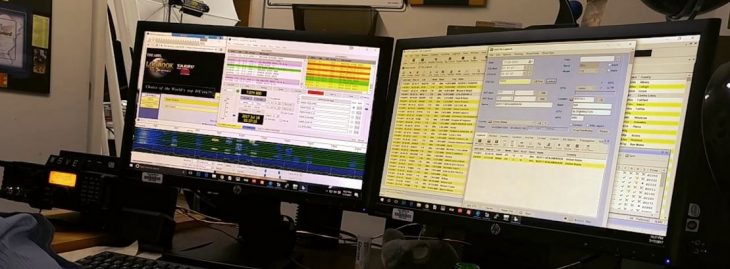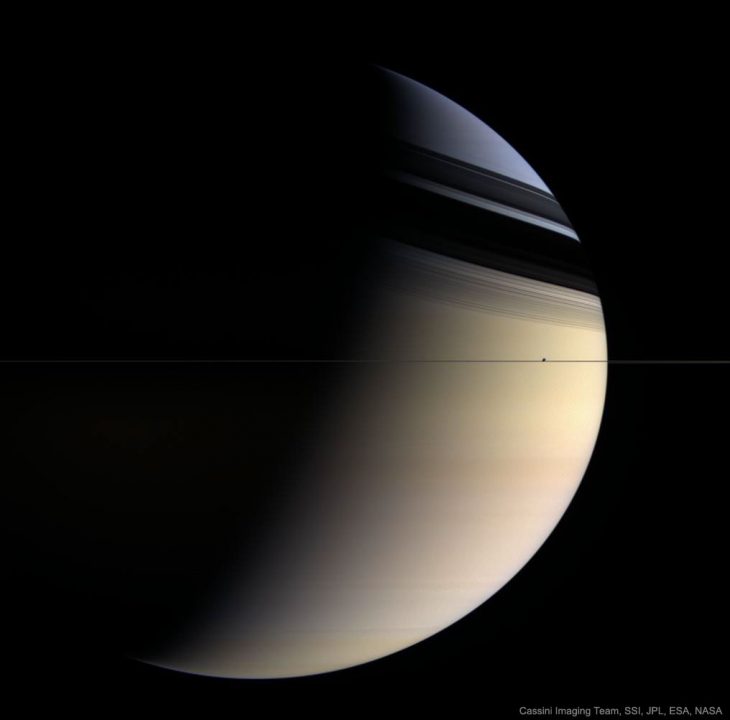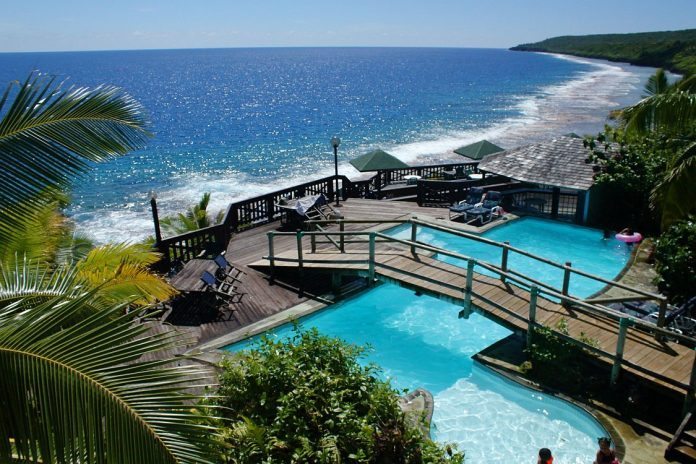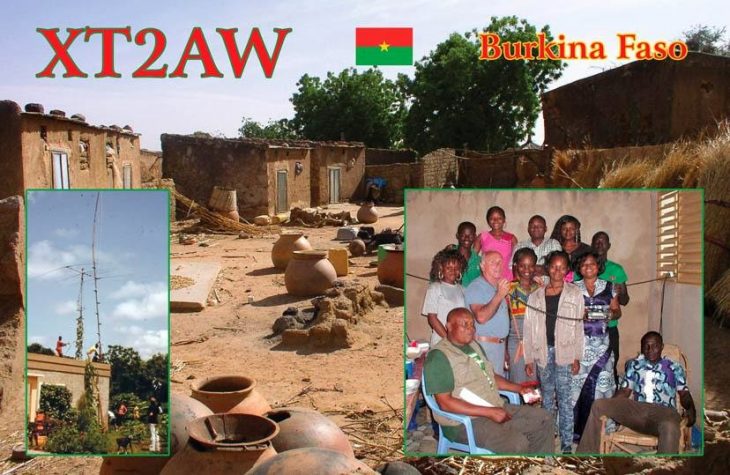Author - Charles M0OXO
The RSGB’s EMC Committee has for three years been investigating the problems of interference (RFI) from VDSL broadband on the HF amateur bands and lobbying for action to reduce the problem. We have a lot of historic data, but both Ofcom and Openreach contend that 150 reports from 50,000 amateurs is not indicative of a major problem when there are 9.5 million VDSL installations deployed. The RSGB EMCC has set up a survey to collect current signal levels at the frequencies of VDSL band transitions (these indicate the presence and strength of interference). It is very simple to do you just tune your receiver (set to AM or SSB 3kHz bandwidth) to each frequency requested note the S meter reading on the survey form. Full instructions are included in the survey.
Please fill in this survey with your current readings even if you have reported them before. As more and more people subscribe to VDSL so the level of interference continues to increase and we need the current picture.
The RSGB has been lobbying Openreach and Ofcom to act to reduce the RFI from overhead lines carrying these broadband signals. We have set up a mechanism with Openreach to investigate lines near amateurs, once we have confirmed problems with VDSL RFI. If a poor line balance is found then Openreach will improve the problem line (normally the neighbour’s line). This has reduced the problems in some cases but many amateurs still suffer from unacceptable levels of RFI from the overhead telephone wires.
A comprehensive report with recommendations for further action has been submitted. However, we need more evidence to get this problem taken seriously. Now is your chance to help by completing the VDSL Survey during September. We plan to present its findings at the RSGB Convention in October and then use them to persuade Openreach to take further action.
Please complete the survey and encourage your friends to do so. This is the last chance we have to prove how many people are affected by this RFI. If we cannot provide results from a sufficient number of responses then there is nothing further we can do on your behalf. You could make the difference.
The survey will be available for completion until 30 September 2017.
John Rogers, M0JAV
Chairman RSGB EMC Committee
The 5L3BI all time new IOTA AF-111P will soon be arriving.
Activating this brand new IOTA is tricky and expensive. We kindly ask your help to offset part of our ever growing costs. Any amount is most welcome and we will make sure you’re mentioned along with generous organisations and clubs.
Thank you Team 5L3BI
Qsl via M0OXO OQRS or Direct Post Mail
David, OK6DJ inform dxnews.com that members of CDXP Amateur Radio Group will be active from Mauritania 18 – 26 September 2017 as 5T5OK.
Team – OK1BOA, OK1CRM, OK6DJ, OK1FCJ, OK1GK, OK2ZA, OK2ZI plus local operator 5T2AI.
They will operate on 160 – 6m CW, SSB, RTTY.
QSL via OK6DJ, ClubLog OQRS, LOTW, MDXC QSL SERVICE
Start date: 4 July 2017 End date: Ongoing
The local situation in YV has disrupted mail flows into Venezuela and our supplier has had to stop delivering mail in to Venezuela. As a result, we can no longer accept any mail for Venezuela, any mail on hand will be returned to sender.
We don’t know when the situation will change, but we will look for alternative ways of getting mail in to Venezuela.
Our mail to the YV QSL Bureau will also be suspended until we can get the mail to Venezuela.
It’s still in beta testing, but FT8 — the latest digital bauble to capture the imagination of the Amateur Radio community — has been luring away many of those already using the popular JT65 “weak-signal” mode. FT8 is included in a beta release of WSJT-X, version 1.8.0-rc1. Among its biggest advantages is a shorter transmit-receive cycle, meaning quicker contacts. The notes for the “candidate” release say that FT8 offers “sensitivity down to –20 dB on the AWGN channel,” as opposed to –30 dB for JT65. Contacts are four times faster than with JT65 or JT9, however. An entire FT8 contact can take place in about 1 minute.
The new mode is named after its developers, Steven Franke, K9AN, and Joe Taylor, K1JT. The numeral designates the mode’s 8-frequency shift keying format. Tones are spaced at 6.25 Hz, and an FT8 signal occupies just 50 Hz. Unlike JT65 or JT9, transmit and receive cycles in FT8 each last about 15 seconds. Like JT65, FT8 requires accurate time synchronization. An auto-sequencing feature offers the option to respond automatically to the first decoded reply to your CQ.
“FT8 is an excellent mode for HF DXing and for situations like multi-hop Es on 6 meters, where deep QSB may make fast and reliable completion of QSOs desirable,” Taylor’s release notes assert.
The beta release came out just days before the July CQ VHF Contest and proved to be a boon to many operators who took advantage of FT8 on 6 meters. In a limited outing for the CQ VHF, Frank Donovan, W3LPL, made 22 FT8 contacts on 6 meters, “during which the FT8 software reported SNRs from my receiver below –10 dB (measured in a 2,500-Hz bandwidth). Some of the 22 QSOs may have been difficult to complete on
Operational documentation for FT8 has not yet been finalized. “We know that the advent of new mode FT8 means that new material is needed for the User Guide,” Taylor told the Yahoo Meteor Scatter and Weak Signal Group this week. “We will be working on that in the near future.”
A new Facebook group has been established for FT8 experimenters. Source QRZ.Com.
Why is Saturn partly blue? The picture of Saturn approximates what a human would see if hovering close to the giant ringed world. The image was taken in 2006 March by the robot Cassini spacecraft.
Here Saturn’s majestic rings appear directly only as a thin vertical line. The rings show their complex structure in the dark shadows they create on the image left. Saturn’s fountain moon Enceladus, only about 500 kilometers across, is seen as the bump in the plane of the rings.
The northern hemisphere of Saturn can appear partly blue for the same reason that Earth’s skies can appear blue — molecules in the cloudless portions of both planet’s atmospheres are better at scattering blue light than red. When looking deep into Saturn’s clouds, however, the natural gold hue of Saturn’s clouds becomes dominant.
So, the final packing is now underway. One final case to obtain this week and we will be set. There were some niggling questions remaining about how much coax to take etc that still needed answers. So while Googling the net I happened to stumble across Lance W7GJ’s website detailing his EME exploits on 2012 from Kaliki Lodge! Fantastic I thought, I can finally see photos of the back yard and confirm how everything could fit together. Now I am truly excited. The house looks to give me 100ft elevation overlooking the Pacific to the west north west so paths to EU and Japan should be excellent.
Saturday 26th August saw us test fire the 40m folded monopole antenna with the SGC-230 ATU on 80m. Local contacts out to 300km were made about an hour before sunset so it appears to radiate at least. Modelling in 4NEC2 shows that the pattern will be fairly low angle as well, although the efficiency will be down. At least it gives me something to try (considering 80m wasnt a band I was going to rely upon as this is only a one man show). So, 80m will be something to watch for from E6AG – at least on JT65
I am still planning some tests at night (possibly this coming weekend) to see how reports come in domestically across Australia to see if it has any hope of something more from Niue.
Harald DF2WO will operate at XT2AW September 29-October 30.
Returning again to XT2, he plans to be on 60 meters almost every night, and with
conditions what they are may be on JT65 and FT8 more than CW or SSB.
Qsl via M0OXO OQRS or Direct Post Mail
Ant, MW0JZE will be QRV from Bonaire, IOTA SA-006 in September.
He will be QRV on HF bands between 15th & 30th September using FT8, SSB & RTTY. Participation in CQWW RTTY contest as PJ4/MW0JZE.
Qsl via M0OXO OQRS or Direct Post Mail



